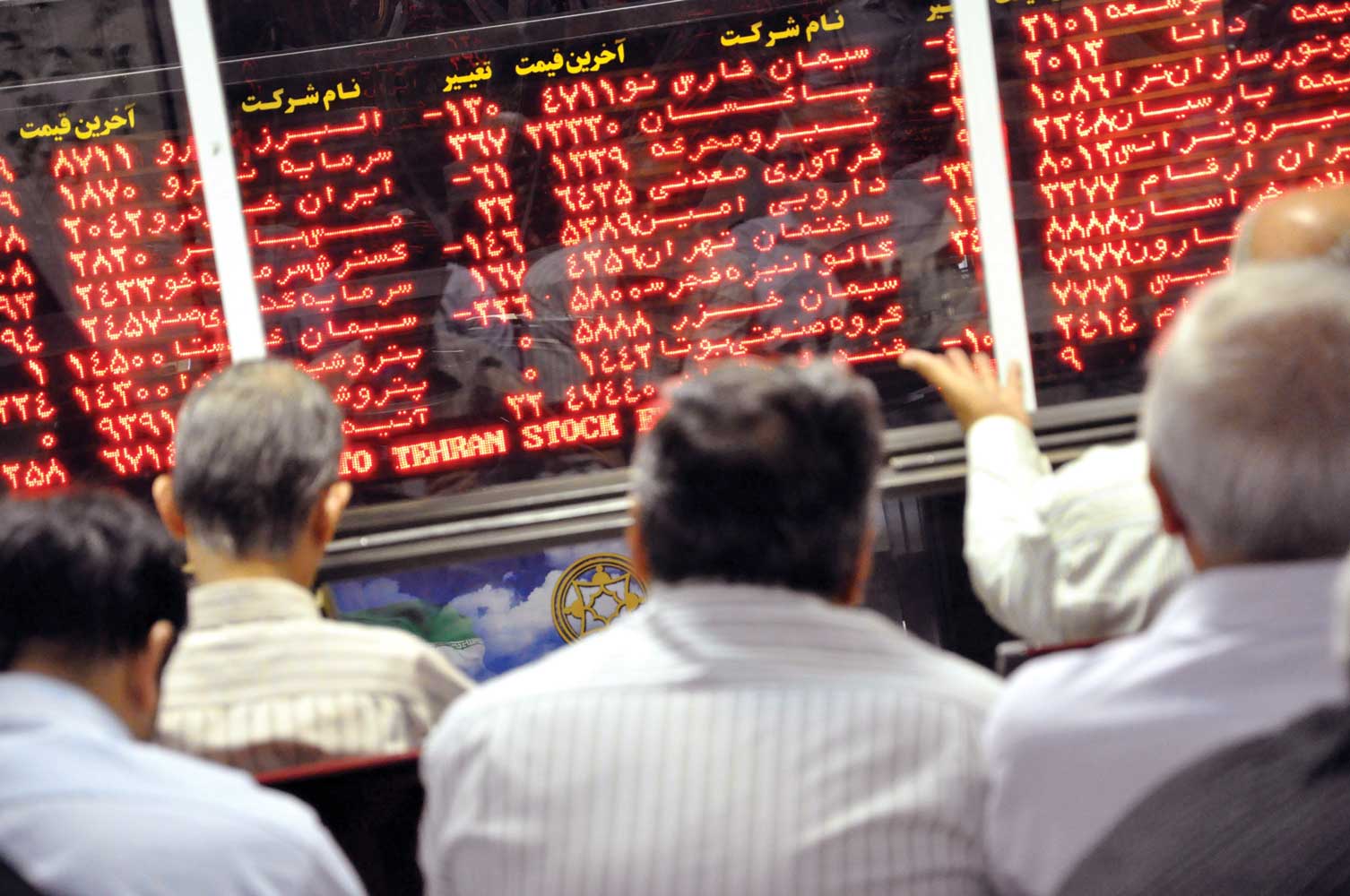Kerman Automotive Industries Corporation (Kerman Khodro) and its subsidiaries will be listed on Iran Fara Bourse, said a member of its board of directors.
Diversifying portfolios and listing on the stock market is a common practice to generate funds for production, however, Iran’s subsidized automotive companies seemingly are catching up with the globally accepted practice.
The chairman of the board, Hossein Miri told reports, “Kerman Khodro aims to attract investment by going public on the stock market,” news website Asr Iran reported.
Kerman Khodro is a private automotive company with several subsidiaries, namely Kerman Motor, Bam Khodro, Khodro Sazan Rine, Modiran Vehicle Manufacturing, Karmania and Rigan Khodro.
The subsidiaries are mostly based in Bam Arg-e-Jadid Special Economic Zone near Kerman in central Iran. Some 200 other small, medium and large carmakers and parts suppliers operate in the SEZ.
Miri noted that Kerman Motor will be the first subsidiary that will be listed on Fara Bourse. He did not say how many shares will be offered or the price.
Kerman Motor is the official representative of South Korea’s Hyundai Motors and two Chinese carmakers Jac and Lifan.
A Heightening Trend
Miri said, “The holding is also considering listing its products on Iran Mercantile Exchange in the near future.”
The process is becoming trendy as other carmakers have announced plans for offering vehicles on the IME.
Earlier in July Iran’s largest automaker Iran Khodro stated that it will offer 6,500 units of its Dena model on the IME by the end of the current fiscal which ends in March 2018.
IKCO’s archrival, SAIPA, offered 50 units of Kia Ceratos on the mercantile exchange in early June. Lotus Investment Bank acted as the financial advisor to SAIPA in facilitating its entry into IME. The bank will reportedly provide IKCO with similar services.
Listing vehicles on IME can hypothetically result in a handful of advantages for both carmakers and customers.
IKCO chief Hashem Yekezare says, “Listing Dena on IME will prevent the government from imposing a price on the product”.
Normally, the government body, Competition Council, sets the price for locally-produced vehicles. The council’s oversight so far has only resulted in unrealistic pricing that has done nothing to benefit car buyers.
According to Article 18 of the Development of New Financial Instruments and Organizations, if a product is listed on the IME, market mechanism should determine its price and not the council.


